Drayton Hall: South Carolina plantation offers an unretouched look back
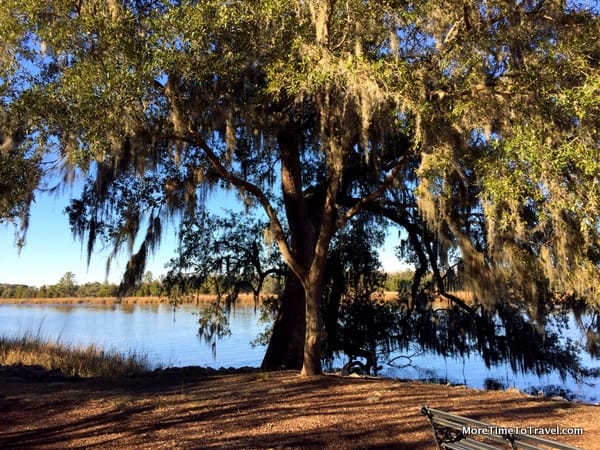
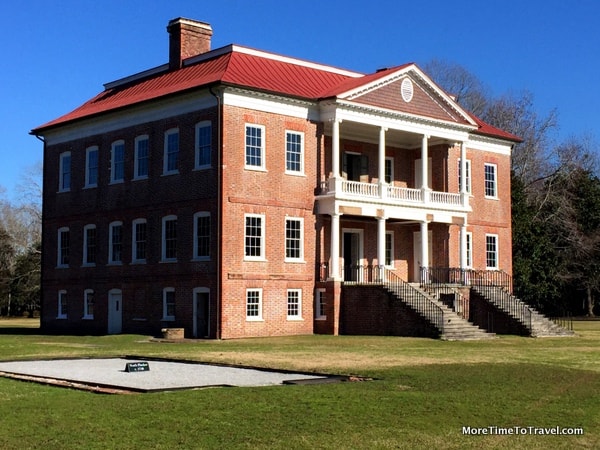
Visitors to Drayton Hall, South Carolina’s oldest unrestored antebellum plantation will find it remarkably well preserved
Charleston SC— The walls at Drayton Hall are bare and the rooms unfurnished. Located about 12 miles from downtown Charleston, the house has no heating or plumbing. Yet visitors to South Carolina’s oldest unrestored antebellum plantation will find it remarkably well preserved.
Devoid of cosmetic restorations that can blur the signs of age, it offers a close-up look at the unvarnished materials and original workmanship of more than 275 years ago. Set on 350 acres with formal gardens, the plantation has housed enslaved workers and seven generations of the Drayton family.
Landscape historian Suzanne Turner called Drayton Hall “the most significant, undisturbed historic landscape in America.”
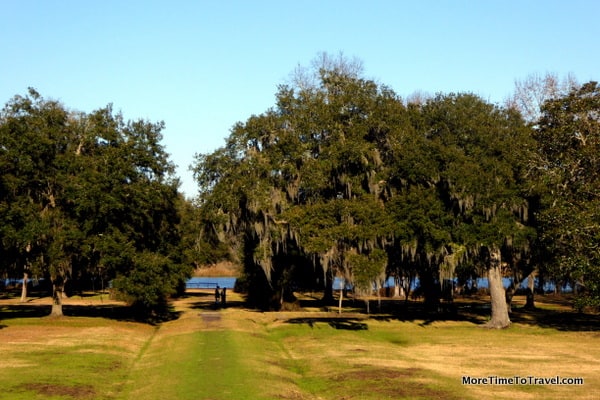
The stately main house, constructed with an estimated 362,000 handmade red bricks, took four years to build. It is considered a masterpiece of highly symmetrical, Georgian-Palladian-inspired architecture, the first of this type in America.
Our docent, Amanda Franklin, a Charleston native trained in architectural preservation, led a 50-minute house tour explaining the function of each room. She pointed out architectural details and recounted how owner John Drayton entertained Charleston’s upper crust, tying her stories to the colonial history of the South.
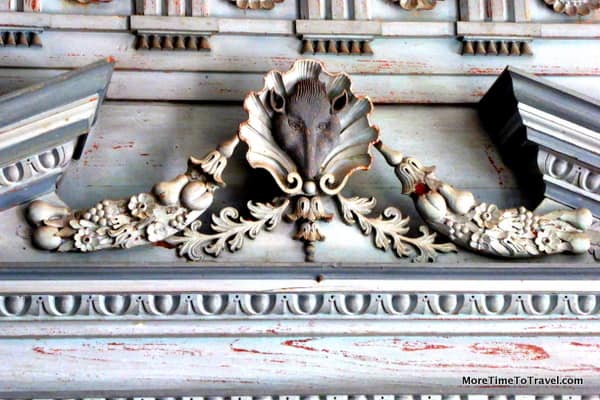
The most compelling portion of our visit, however, was the candid 30-minute African-American Connections program (scheduled twice daily), describing Charleston’s slave trade. Based on archival plantation records, slave lists, oral histories and old newspaper articles, Drayton Hall preservationists have fleshed out the stories of those who were brought from Sierra Leone in shackles to help cultivate Carolina gold rice at Drayton Hall and other nearby plantations, bringing wealth to their owners.
An African-American cemetery on the grounds consists of 33 graves of slaves and free blacks, purposely “left natural” in deference to Richard Bowens, one of those buried here. Born on the property in 1908, Bowens worked as a gatekeeper and oral historian on the grounds for more than two decades. Guests also can take self-guided river walks beneath live oak trees along the sandy soil of the adjacent Ashley River, which connects Drayton Hall to downtown Charleston.
The family sold the property to The National Historic Trust in 1974. During our tour, Franklin explained that the 20th century Drayton heirs loved the property so much that they ultimately decided to cede it to the public interest to ensure its continued preservation.

IF YOU GO
Drayton Hall is open daily except Thanksgiving, Christmas Eve and Day, and New Year’s Eve and Day. Info: draytonhall.org
[This article by Irene S. Levine was published in the Chicago Tribune on February 11, 2015.]
This post is part of a Linkup with Noel Morata’s Travel Photo Discovery.
Read an excellent article on slavery in the plantations on Vox:
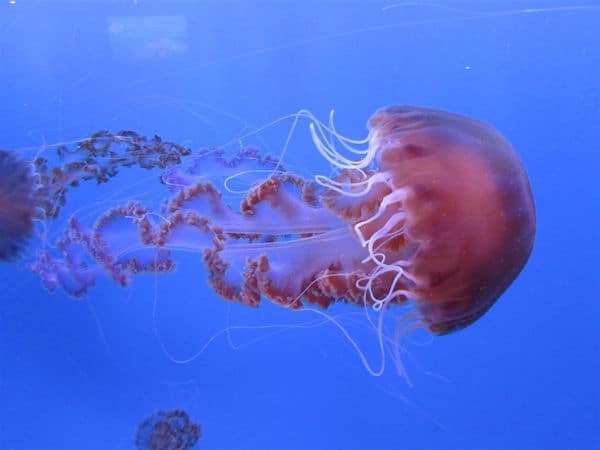
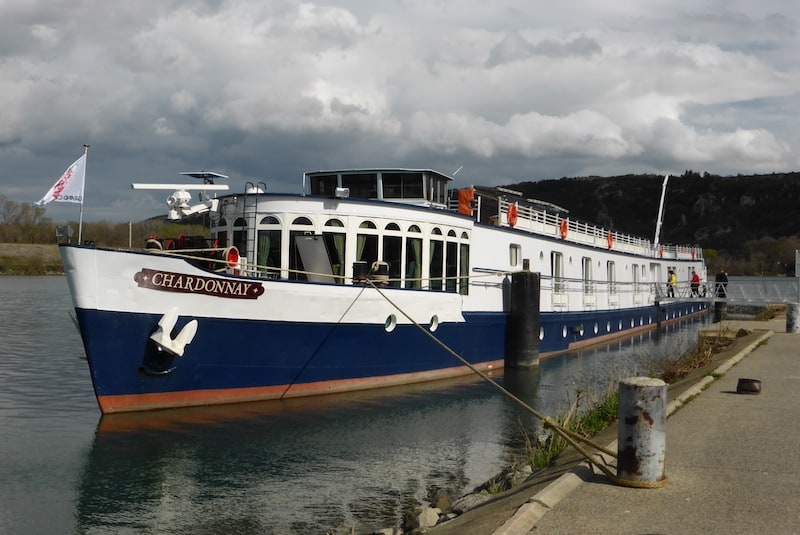
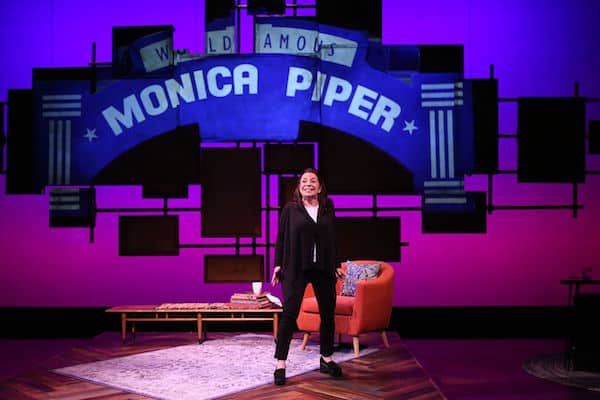
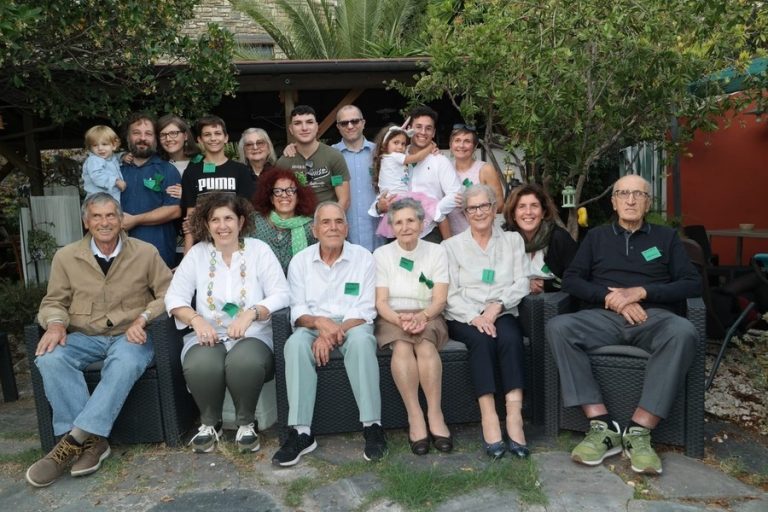
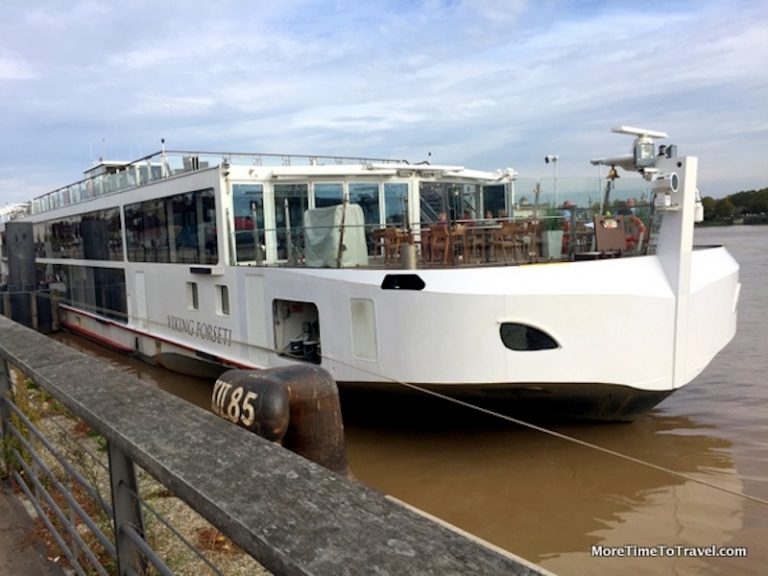
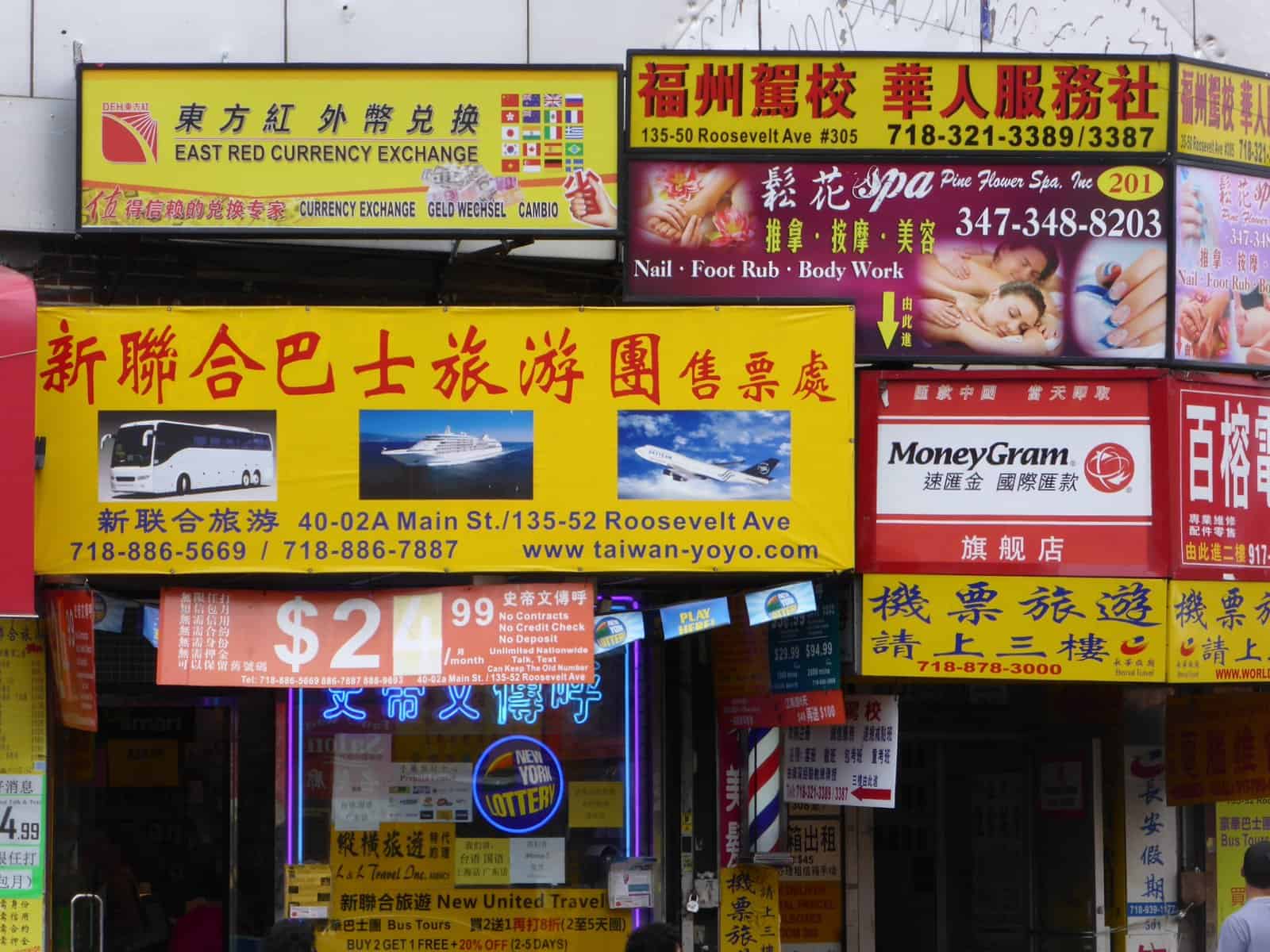
Reminds me a little of an Irish castle I visited once. Very compelling when it’s just history and architecture there, beneath the mossy trees. And impressive what they’ve done to educate about the slave trade.
Too often, in other places, I’ve found that slavery was whitewashed~
Looks beautiful. I haven’t been to Charleston in years. Will have to return during my life after 50.
I’ll be adding other Charleston stories, so stay tuned!
We went to a lot of big plantation houses in the South when we did a road trip from Philly to New Orleans and back last year. Dayton is the one that stood out head and shoulders over the rest. It was sad to see so many really interesting building destroyed by such “period features” as radiators. Loved the location too.
Seems like we had similar impressions of Drayton~
While I find it a nice way to get a feel for the times when rooms are reconstructed and furnished, I’d think I’d enjoy the undisturbed Drayton Hall and like to see the original workmanship. The African-American Connections also sounds fascinating.
I’ve always wanted to visit this the few times I’ve been to Charleston but always opted to visit the city instead. I’ll have to make it a must do next time I get around to visiting again. Wonderful post Irene.
I see a road trip of the southern US in our future and I love tours of old houses and estates where you can get a glimpse into how life was lived long ago. Drayton Hall looks so imposing and magnificent and it’s intriguing to think of the many stories it could tell…
Definitely a place you could return to again and learn more~
Undisturbed is an interesting moniker. The building appears to be in remarkable condition. Looks like a wonderful place to visit.
The exterior belies the interior, Charles~
I just watched “12 Years a Slave” on Netflix and it really brought home how the life of slaves in the plantations across the southern US was so truly horrifying. Beautiful settings but tragic sadness. It’s good that this important history has been preserved at Drayton Hall
It’s important that we never forget.
Hi Irene,
Thanks for another fact-filled interesting peek at the Charleston area. This is one of our favorite parts of the country for its history, architecture, and contemporary, happening vibe!
Wishing you safe and happy travels,
Josie
We are looking forward to returning for a destination wedding for our friend’s daughter~
Great to know that Drayton Hall actually shares the African American history of the plantation. I look forward to visiting Charleston some day soon and learning more about the place.
It’s a great place to visit: food, architecture, history, beach…who could ask for more?:-)
Great post. Got the chance to visit Drayton Hall when we were living in South Carolina some years ago.Thanks for sharing.
I have visited a few plantations in the south, and would like to visit more. I’m adding Drayton Hall in South Carolina to the list.
The gardens of Magnolia Plantation are unbeatable but I high recommend this one for its architectural preservation.
This looks like a must-see when visiting the area. I’m fond of restorations in important houses, but it would be interesting to see the undisturbed interior as well as the grounds. Sounds like they are doing all they can to portray the legacy of slavery appropriately and accurately as well.
Even though you cringe when you hear it, this is one of the best (and most chilling) efforts I’ve heard to present the truth unvarnished.
I’ve been disappointed so many times on architectural tours when all the interiors have been gutted or just remnants remain of what it was actually like to live there. This sounds like a much better reflection of the past.
We love Charleston but somehow we missed Drayton Hall. Guess we know what we’ll be seeing on our next visit. Thanks!
Wonderful post. I was not familiar with Drayton Hall. It’s a remarkable example.
The “Old South” holds lots of appeal for us. It must be quite fascinating (and a little sad) to wander through a plantation estate like this and learn a little more about how the people, including the slaves, lived.
We loved South Carolina when we travelled the US in 2006. All the plantation and slave history is very interesting, although sometimes shocking. We missed this one though…
Such lovely grounds! It’s good that we have moved past those days.
But also important not to forget.
I totally agree, Irene.
Beautiful property and house. I’m sure the tour of the house, and the slavery history talk were both interesting. Although, we see slavery as being a thing of the past, as I’m sure you know, it still goes on in so many countries today. Even in the West, look at the wealthy who are often caught with illegal maids. that to me is a form of slavery.
Learning more about the places like Charleston and the Drayton Hall are so important to understanding our nations history. It’s important to share it thanks for an inside look of Drayton Hall. We will definitely put it on our list when visiting Charleston.